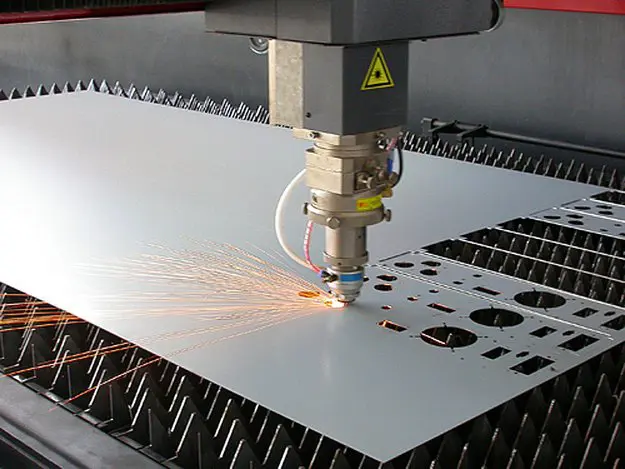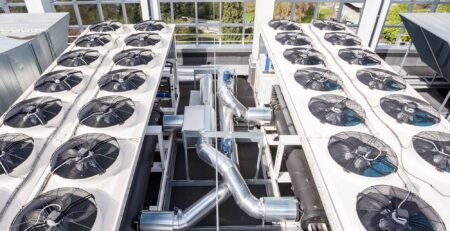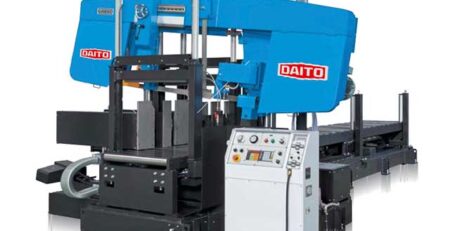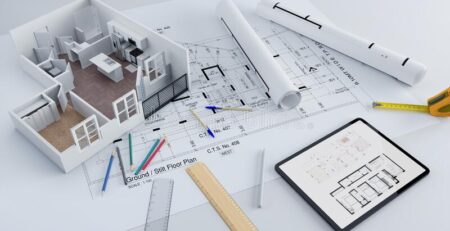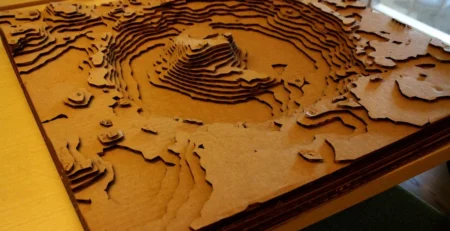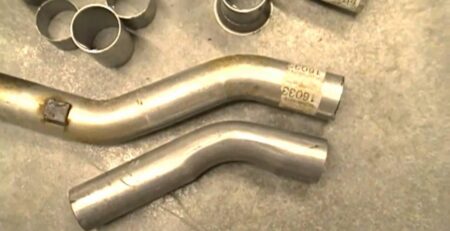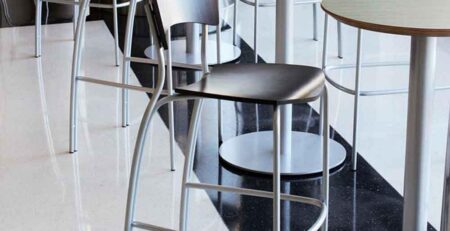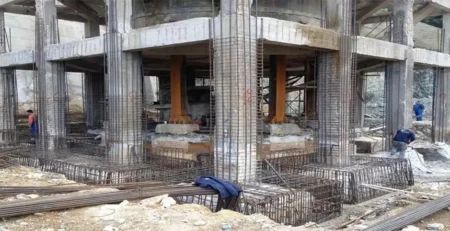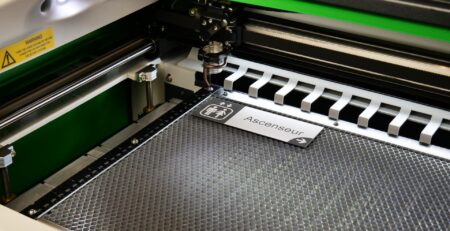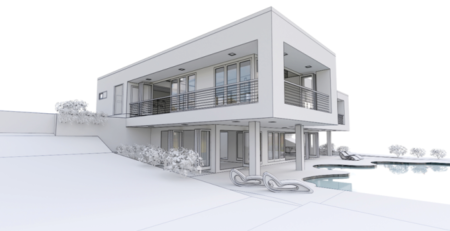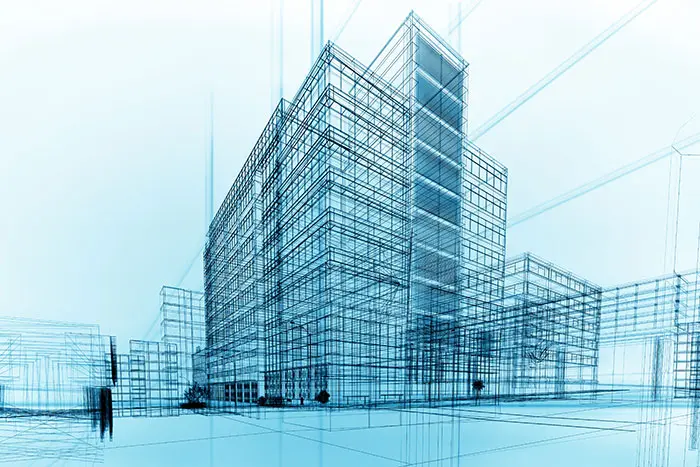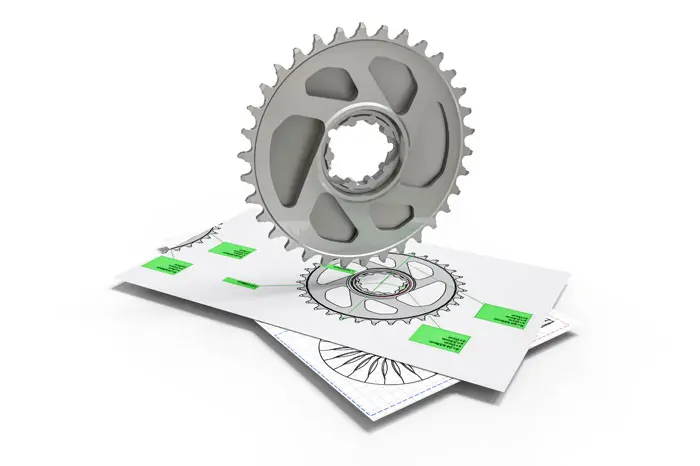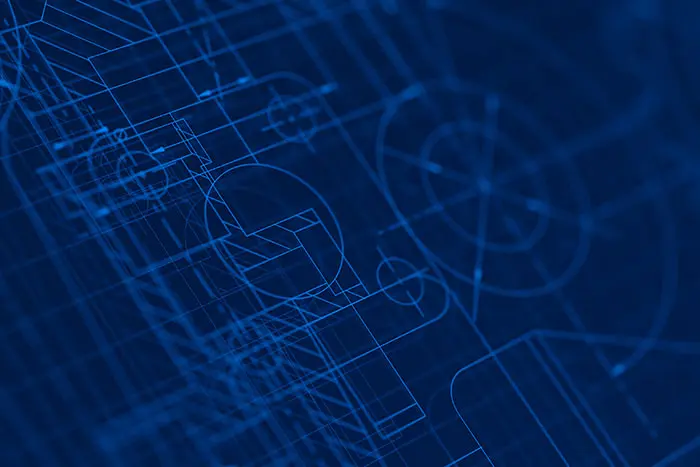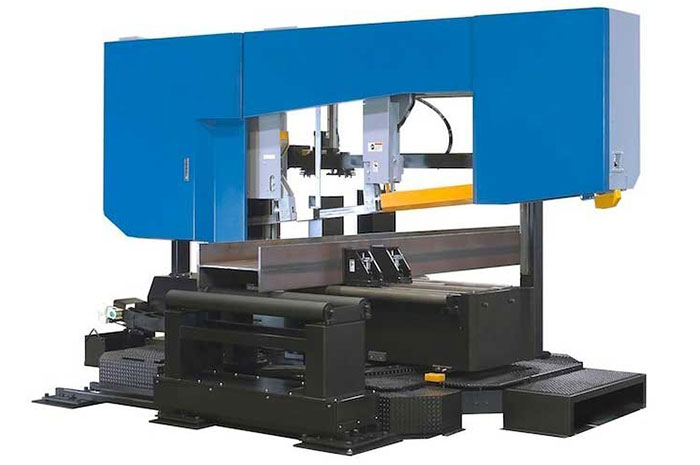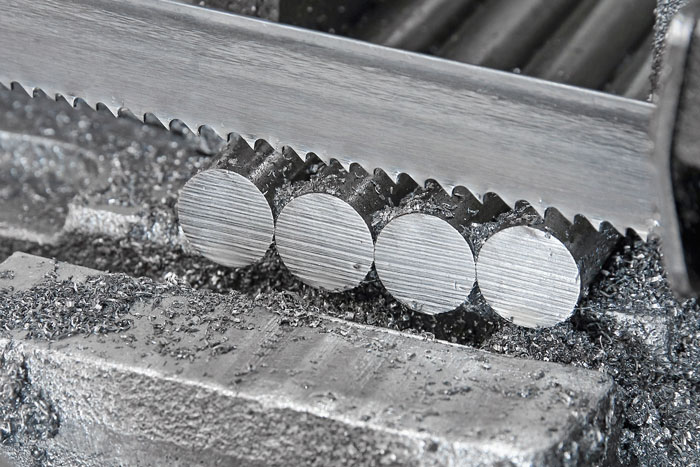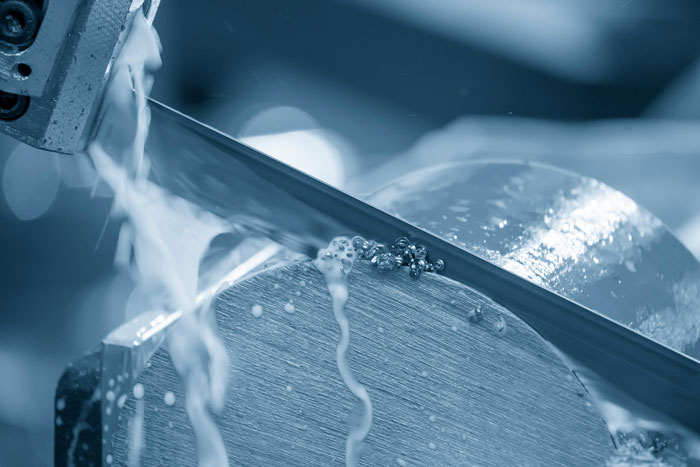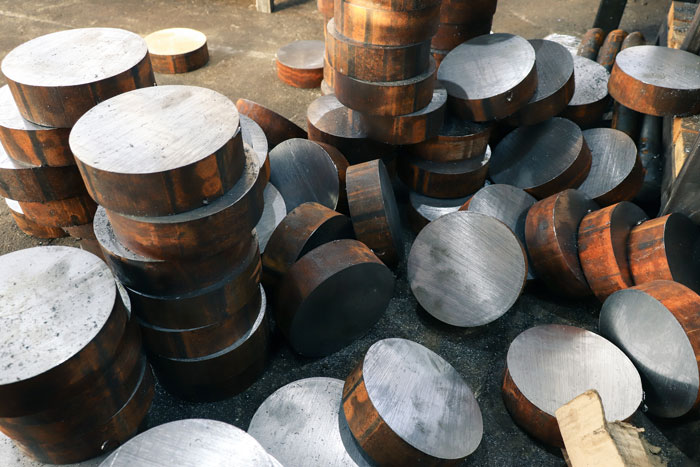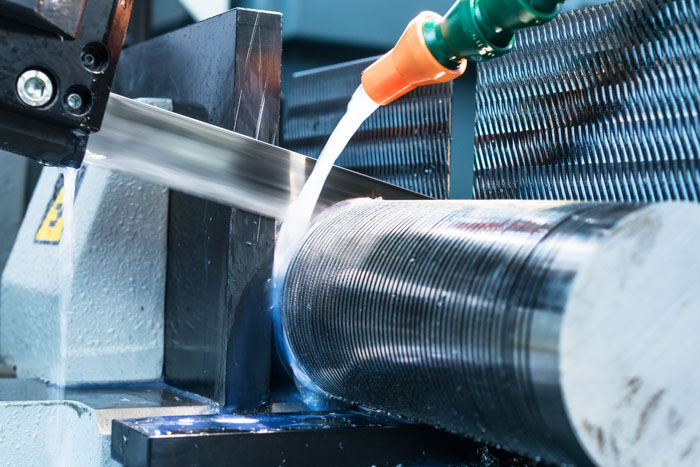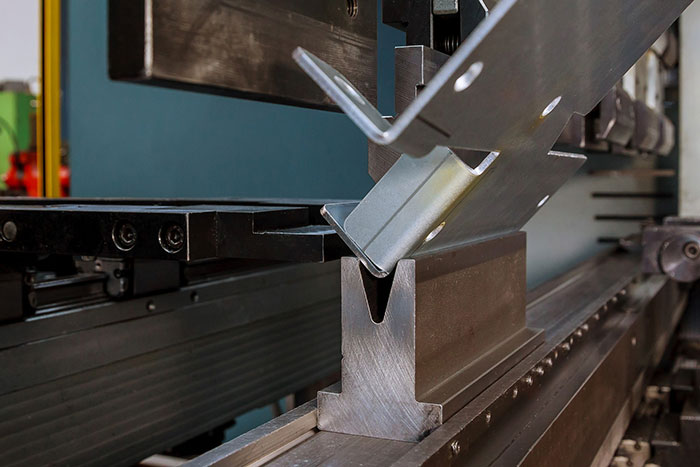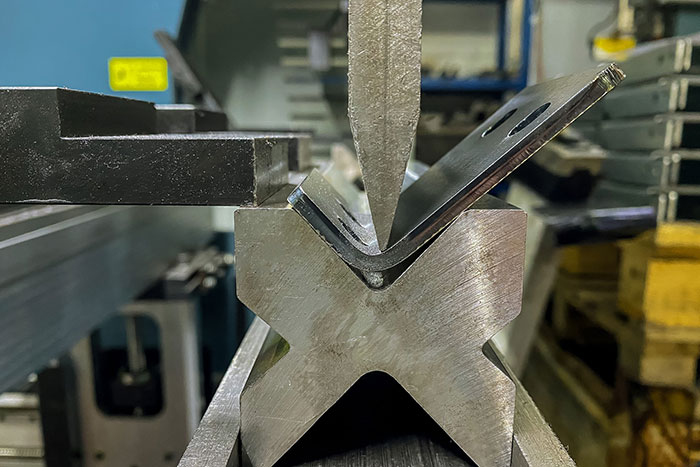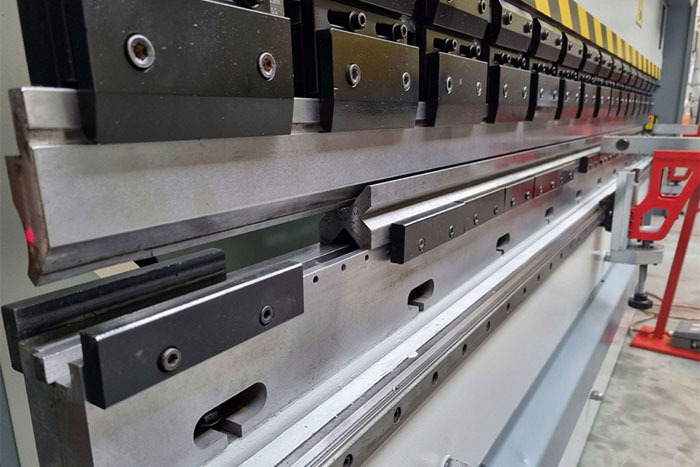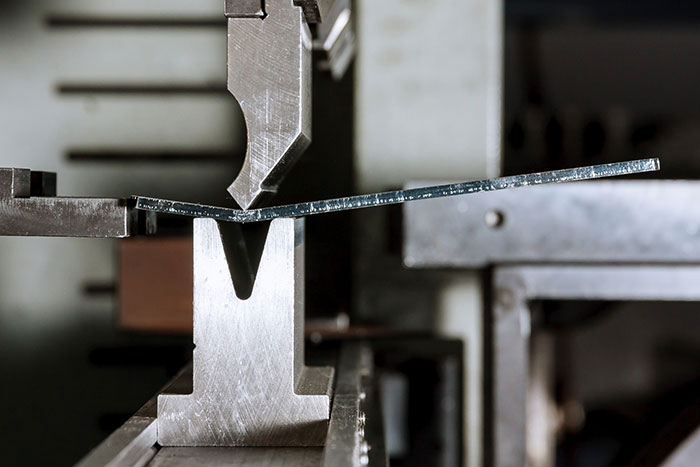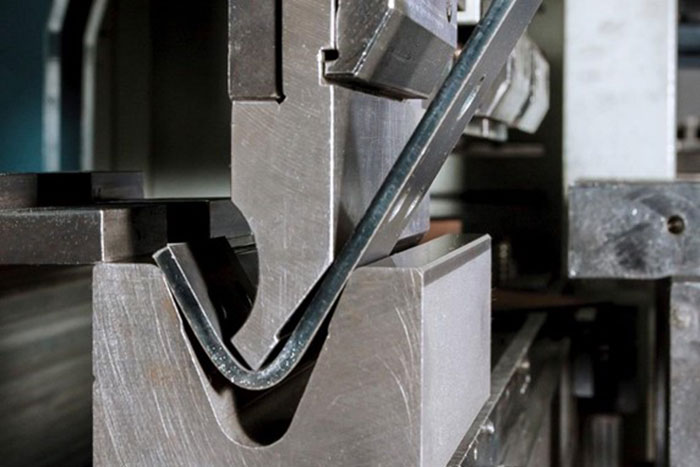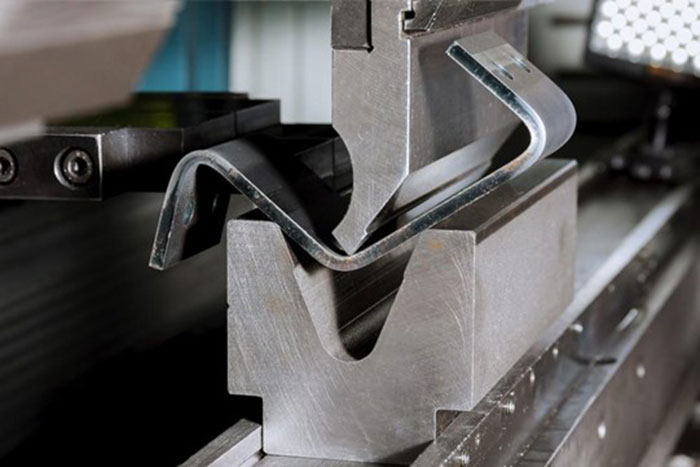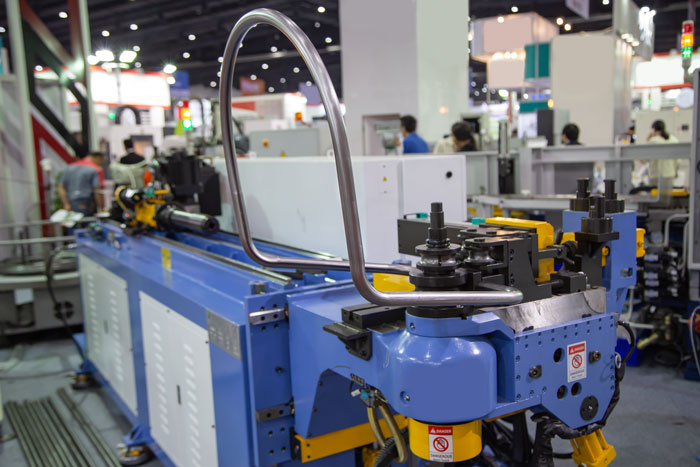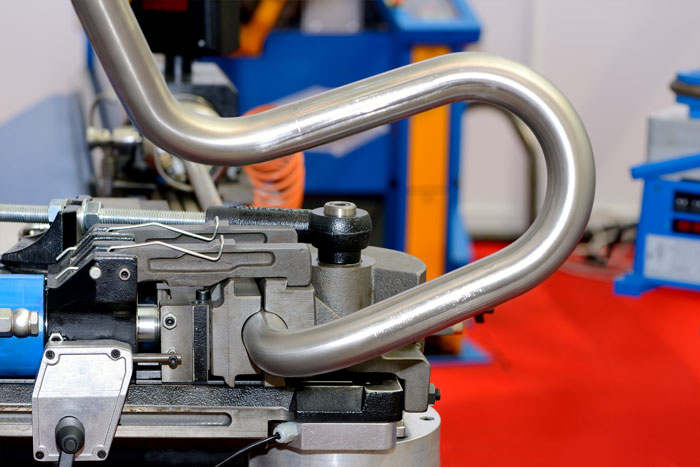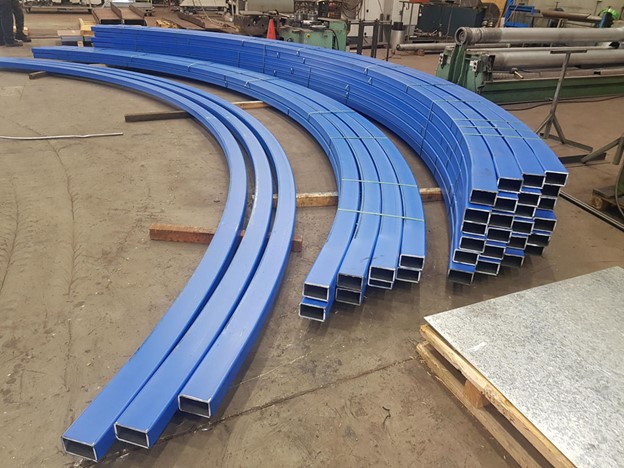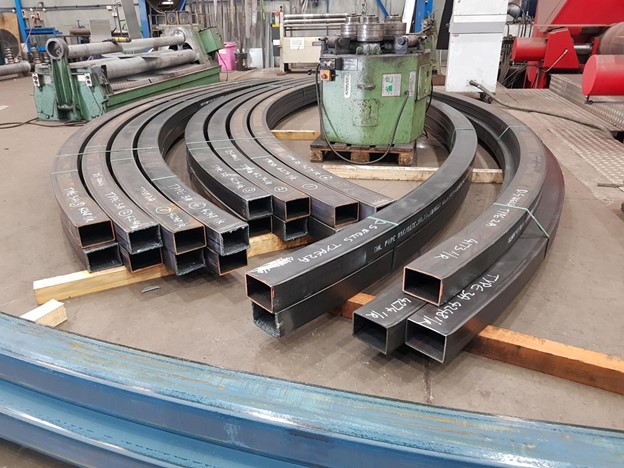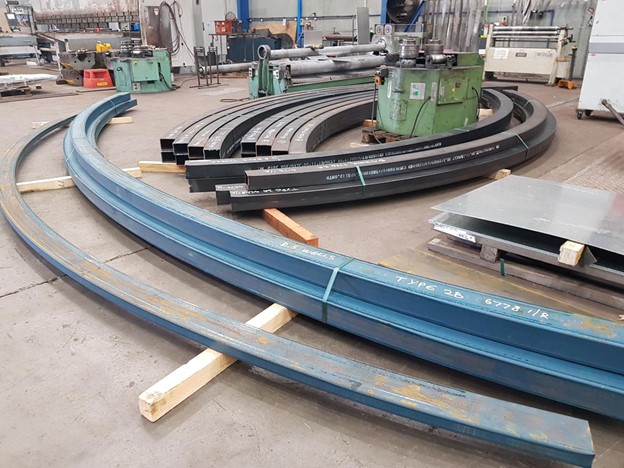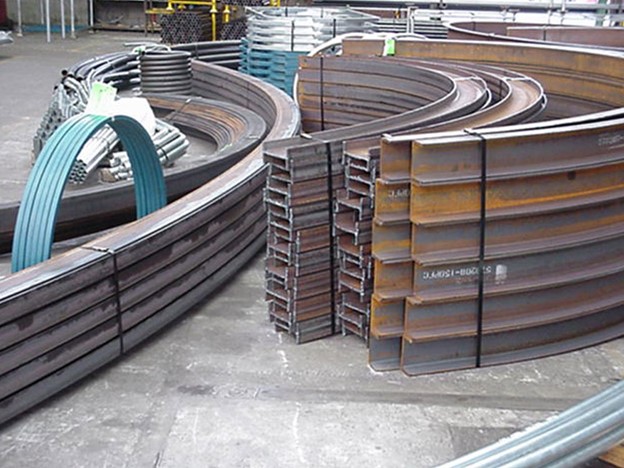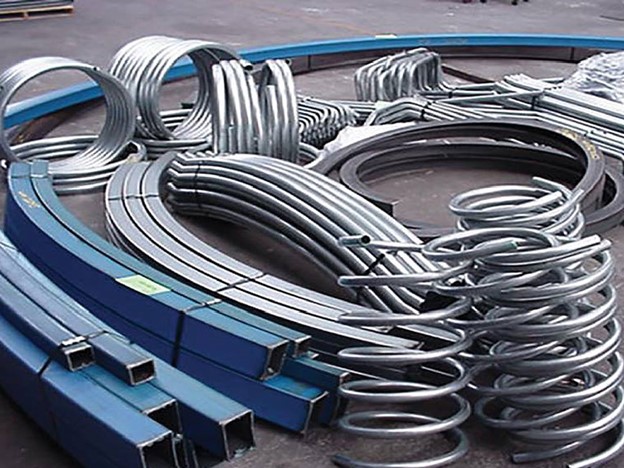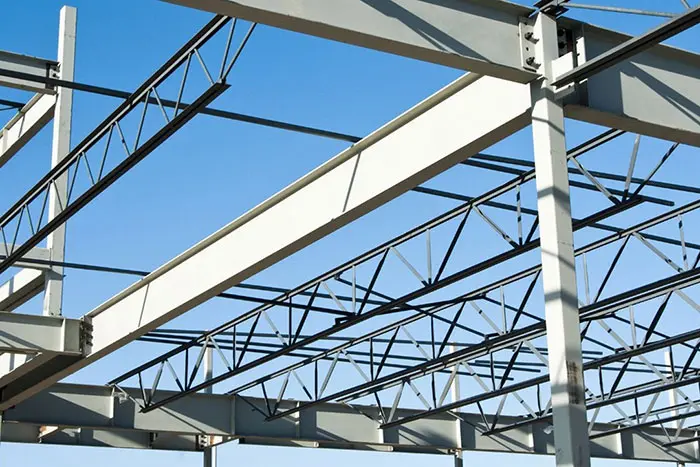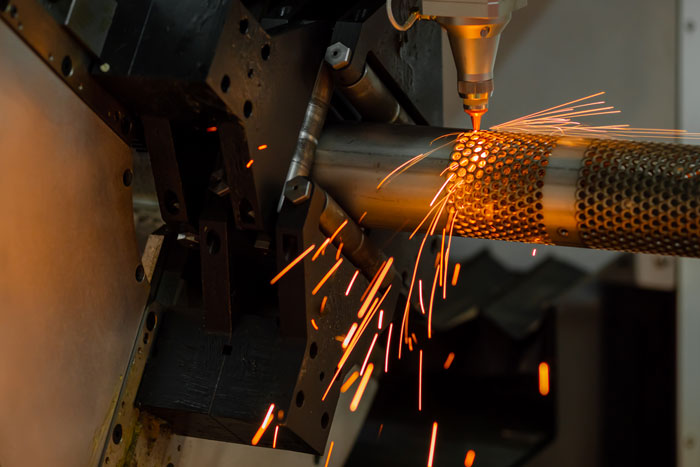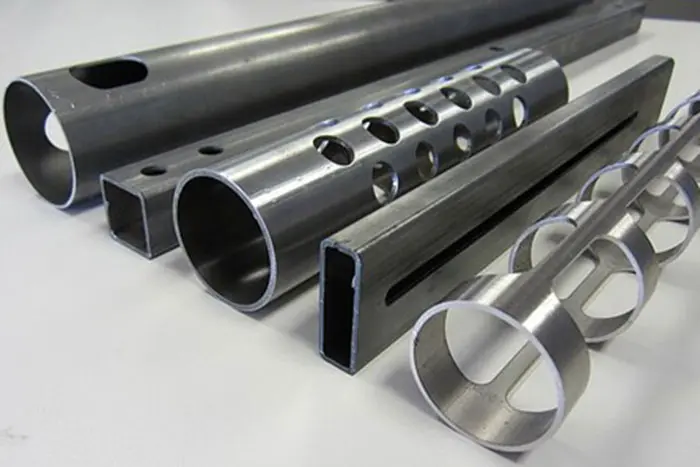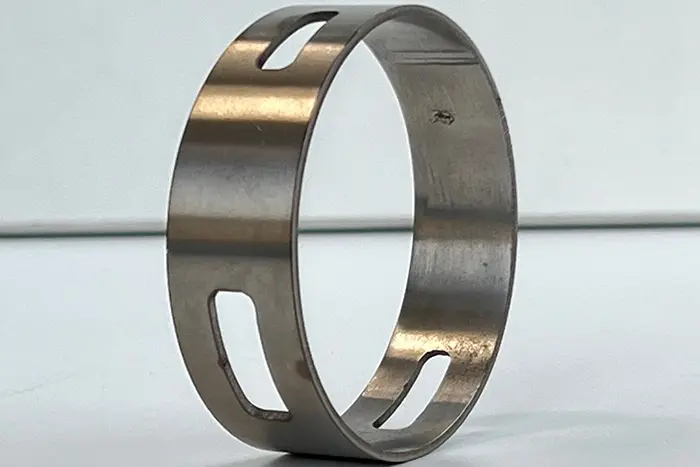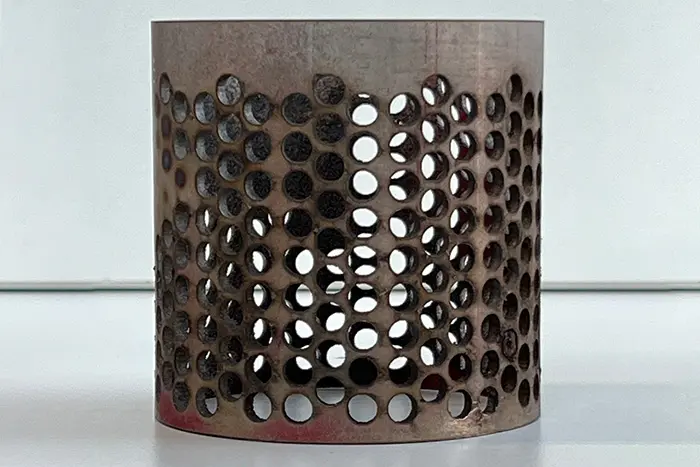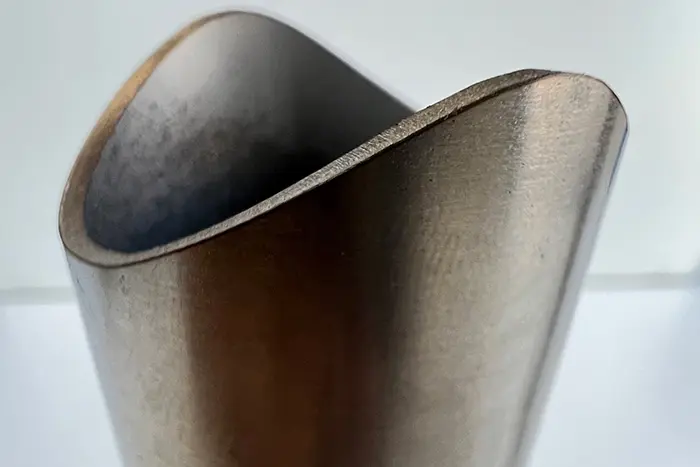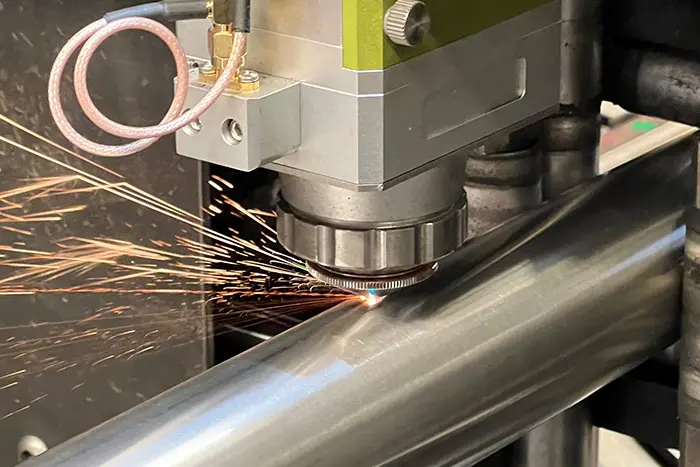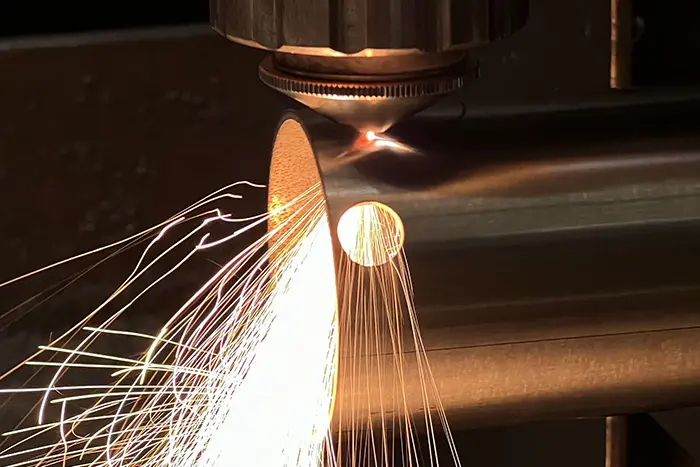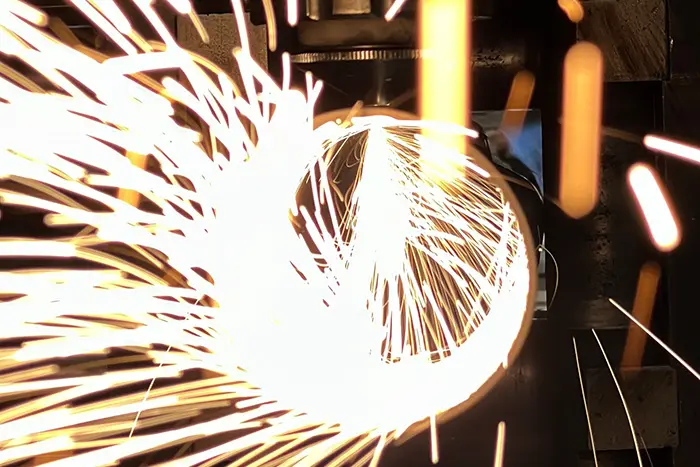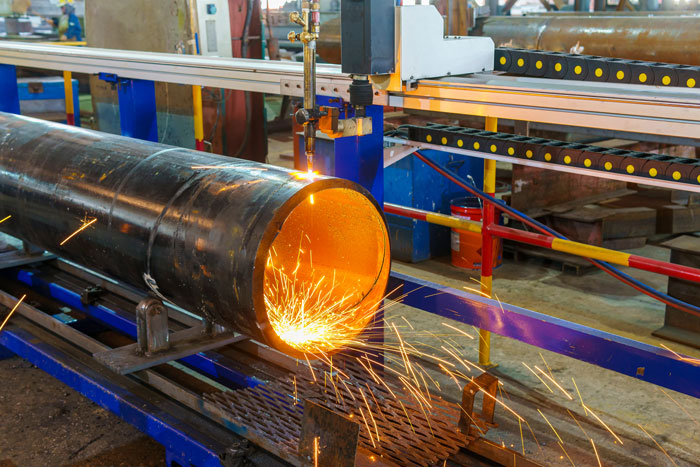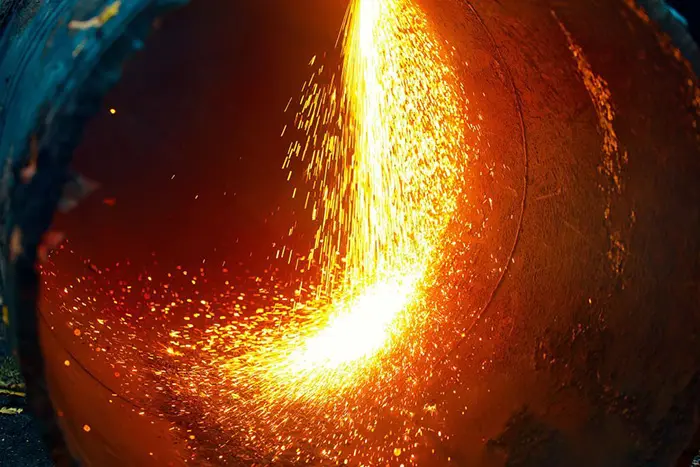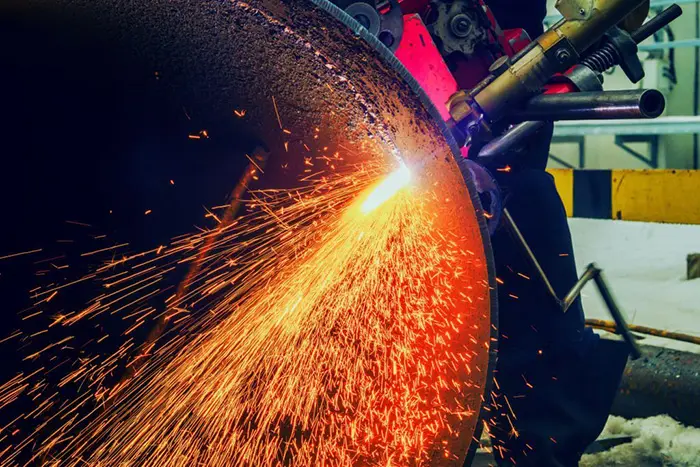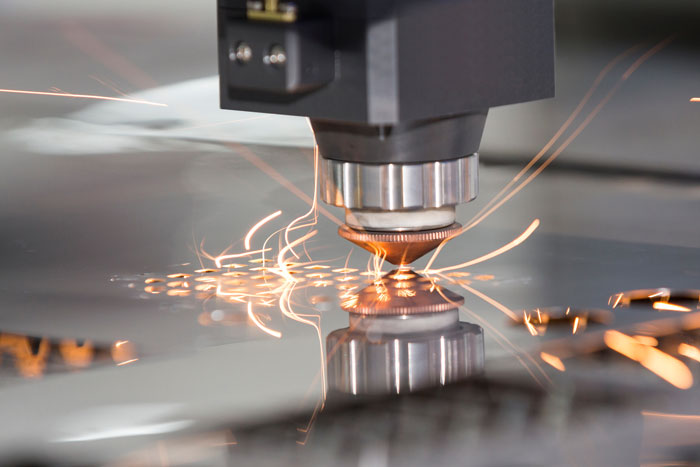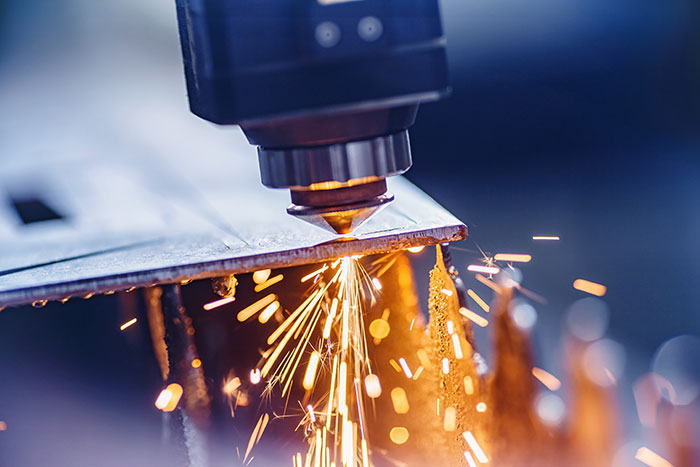Tips for Achieving High Precision in Flat Laser Cutting
Flat laser cutting is a highly precise and efficient cutting method widely used in various industries. The ability to achieve high-precision cuts is crucial for ensuring accurate and consistent results. This article will provide valuable tips and techniques to help you achieve High Precision in Flat Laser Cutting.
valuable tips and techniques to help you achieve High Precision
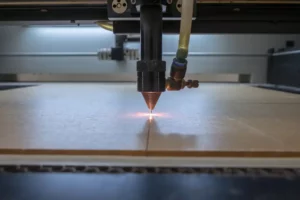
- Select the Right Laser-Cutting Machine: Choosing the right laser-cutting machine is the first step toward achieving high precision. Consider factors such as the machine’s power, speed, and accuracy capabilities. Opt for a machine with advanced features like automatic focus adjustment, high-resolution optics, and precise motion control systems.
- Material Preparation: Proper material preparation is essential for achieving high Precision in Flat Laser Cutting. Ensure that the material is clean, free from contaminants, and properly aligned on the cutting bed. Any imperfections or misalignments can affect the accuracy of the cuts.
- Optimize Cutting Parameters: Fine-tuning the cutting parameters is crucial for achieving high precision. Experiment with factors such as laser power, cutting speed, focus position, and assist gas pressure to find the optimal settings for each material and thickness. Consult the machine’s user manual or seek guidance from experts to determine the best parameters.
- Use High-Quality Optics: Investing in high-quality optics for your laser cutting machine can significantly enhance precision. The lenses and mirrors used in the optical system should be regularly inspected, cleaned, and calibrated to ensure optimal performance. Any defects or misalignments can lead to inaccuracies in the cuts to achieve High Precision in Flat Laser Cutting.
- Maintain Proper Focus: Maintaining a precise focus is critical for achieving accurate cuts. The laser beam should be focused at the right distance from the material’s surface to ensure optimal energy transfer and minimize the heat-affected zone. Regularly check and adjust the focus as necessary to maintain consistent precision.
- Minimize Material Movement: During High Precision in Flat Laser Cutting, excessive material movement can lead to inaccuracies. Ensure that the material is securely clamped or held in place to prevent any shifts or vibrations. Consider using fixtures or jigs to stabilize the material and maintain its position throughout the cutting process.
- Control Cutting Speed: Controlling the cutting speed is essential for precision. Adjust the cutting speed based on the material type and thickness to maintain optimal cutting quality. Avoid excessively high cutting speeds that can compromise precision or excessively low speeds that may cause material overheating.
- Regular Machine Maintenance: Regular maintenance of the laser cutting machine is crucial for sustaining precision over time. Follow the manufacturer’s maintenance schedule, including cleaning, lubrication, and calibration procedures. Regularly inspect and replace worn-out components, such as nozzles, lenses, or mirrors, to ensure consistent precision.
- Calibration and Alignment: Periodically calibrate and align the laser cutting machine to maintain optimal precision. This includes checking and adjusting the machine’s motion system and beam alignment and ensuring perpendicularity of the cutting head. Regular calibration ensures accurate positioning and movement of the laser beam.
- Quality Control and Inspection: Implement a robust quality control process that includes inspecting the cuts for High Precision in Flat Laser Cutting. Use measuring tools such as calipers, micrometers, or digital measurement devices to verify dimensions and tolerances. Regularly monitor and record the cutting quality to identify any deviations or issues.
- Minimize Kerf Width: Kerf width refers to the material that is removed during the cutting process. To achieve higher precision, aim to minimize the kerf width by adjusting the cutting parameters. This will help maintain tighter tolerances and minimize material waste.
- Consider Nesting Techniques: When cutting multiple parts from a single sheet, efficient nesting techniques can optimize material usage and minimize waste. Proper nesting can also help reduce the chances of interference between parts and improve overall cutting precision.
- Use Support Structures: For thin or delicate materials that may warp or deform during the cutting process, consider using support structures or tabs to hold the material in place. This will help prevent distortion and ensure accurate cuts.
- Perform Test Cuts: Before proceeding with a full production run, it’s beneficial to perform test cuts on scrap or similar materials. This allows you to fine-tune cutting parameters and verify the accuracy and precision of the cuts before working on the actual material to achieve High Precision in Flat Laser Cutting.
- Optimize Software and CAD/CAM Integration: Utilize advanced software and CAD/CAM integration to streamline the design and cutting process. These tools provide precise control over cutting paths, nesting, and toolpath optimization, allowing for higher accuracy and efficiency in the cutting process.
- Invest in Calibration Tools: Regular calibration of your laser cutting machine is crucial for maintaining precision. Invest in high-quality calibration tools, such as laser interferometers, to accurately measure and adjust the machine’s positioning and alignment.
- Maintain Consistent Material Properties: Variations in material properties can affect cutting precision. Ensure that the materials used are consistent in terms of thickness, composition, and surface condition. This will help maintain predictable cutting results to achieve High Precision in Flat Laser Cutting.
- Opt for Fine Nozzles and Optics: The choice of nozzle and optics can impact the precision of the laser beam. Opt for fine nozzles and high-quality optics to achieve a smaller beam diameter and better focus, resulting in higher cutting precision.
- Implement Real-Time Monitoring: Consider implementing real-time monitoring systems that can detect any deviations or anomalies during the cutting process. These systems can provide immediate feedback and help identify and rectify issues before they impact High Precision in Flat Laser Cutting.
- Continuous Learning and Training: Stay updated with the latest advancements and techniques in laser cutting. Invest in ongoing training for operators and technicians to ensure they are equipped with the knowledge and skills needed to achieve High Precision in Flat Laser Cutting.
Additionally, implementing a comprehensive quality control process and regularly inspecting the cuts for accuracy will help identify any deviations or issues early on. Use measuring tools such as calipers, micrometers, or digital measurement devices to verify dimensions and tolerances. This will ensure that your cuts meet the required specifications and maintain high precision.
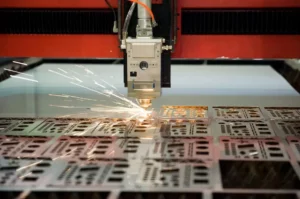
High Precision in Flat Laser Cutting
Achieving high precision in flat laser cutting requires attention to detail, proper machine setup, and optimization of cutting parameters. By following these tips, you can enhance the precision of your cuts and ensure consistent and accurate results. Remember to select the right equipment, prepare the materials properly, optimize cutting parameters, maintain focus, minimize material movement, and perform regular maintenance and calibration. By implementing these practices, you’ll be able to achieve exceptional precision in your flat laser cutting projects, resulting in high-quality finished products and improved customer satisfaction.
You can also read Future Trends in Flat Laser Cutting: Advancements Shaping the Cutting Industry for more information about Laser Cutting services.

